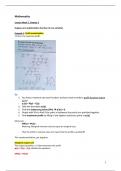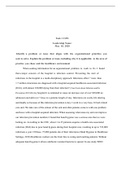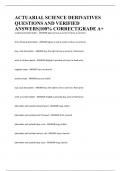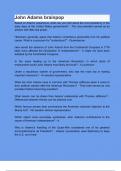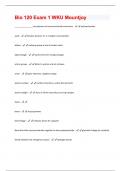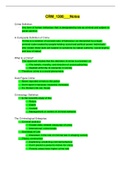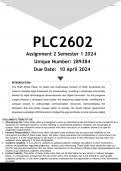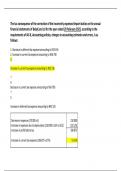Samenvatting
Mathematics for Pre-Master TISEM End-Term Summary Tilburg University
- Instelling
- Tilburg University (UVT)
All the content needed for the second part of the course. The content and classes from week 7 on are summarized (Chapter 5, 1, 2, 5), important exercises discussed in classses and during Q&A's are included to practice and get a better understanding. This will be enough to pass the end-term with som...
[Meer zien]
